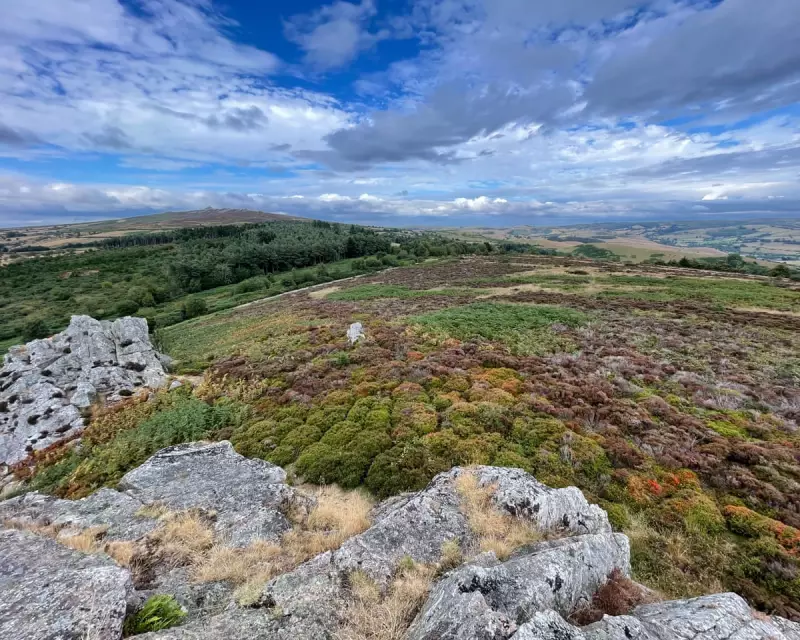
The air on the Somerset Levels carries a new, potent signature – the rich, earthy perfume of success. This isn't the scent of commerce or industry, but of a habitat restored, a testament to what happens when nature is given the space and conditions to reclaim its vitality.
Walking the land, the evidence is not just olfactory but vividly visual. Where once there might have been intensively managed farmland, a thriving wetland ecosystem now pulses with life. The ground, a spongy mattress of re-wetted peat, squelches underfoot, a sound that signals healthy water retention and carbon storage.
A Symphony of Life Returns
This carefully managed floodplain has become a magnet for biodiversity. The shallow, sun-warmed waters teem with invertebrate life, which in turn provides a lavish food source for a spectacular array of birds. The distinctive, elegant sweep of a snipe's flight is a common sight, while the distinctive, rasping call of the Cetti's warbler provides a constant soundtrack from the reedbeds.
But it's the smaller, often overlooked inhabitants that complete the picture. Dazzling dragonflies, like living jewels, dart and hover over the water's surface. Soldier beetles clamber up sturdy stems, and a multitude of other insects buzz and hum, forming the critical foundation of this resurgent food web.
More Than Just a Pretty Landscape
This project is a powerful example of modern conservation in action. It demonstrates a shift from simply preserving fragments of land to actively rebuilding functional ecosystems. The benefits are multifold:
- Biodiversity Boom: Creating a complex mosaic of wet and dry areas supports a much wider range of species than a monoculture ever could.
- Natural Flood Management: The land now acts as a giant natural sponge, absorbing excess water from heavy rains and slowly releasing it, reducing flood risk for downstream communities.
- Carbon Capture: The waterlogged conditions prevent the peat from oxidizing, locking away carbon that would otherwise contribute to atmospheric CO2 levels.
This Somerset success story is a poignant reminder of the resilience of the natural world. It shows that with thoughtful intervention and a commitment to working with natural processes, we can mend damaged landscapes. The result is a place that is not only ecologically robust but also a profoundly beautiful and uplifting space for people to connect with a wilder, healthier Britain.





